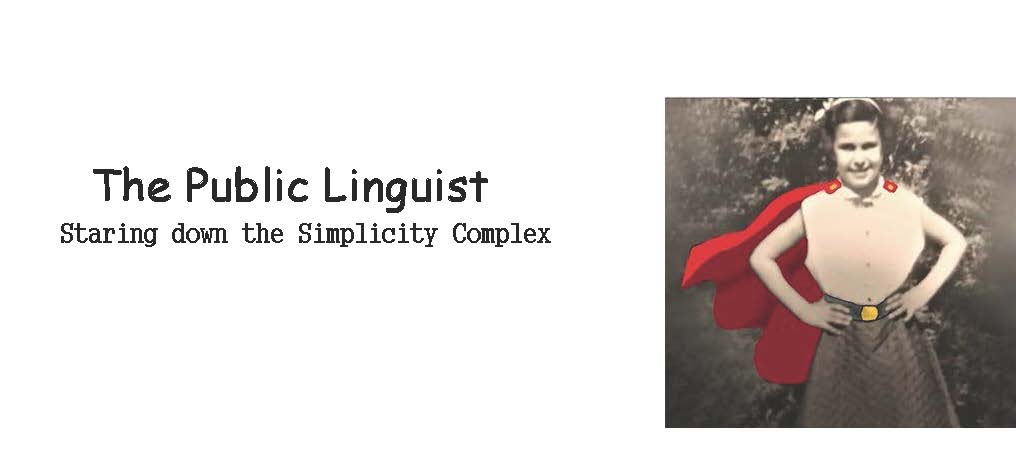 |
| Click Here to View Video |
Many thanks again to the participants some from as far away as Carla White and Susan Reid from Health Literacy New Zealand, who participated in my recent Soundbite Series: Covid and Health Literacy
One thing that came out of those exchanges of materials and ideas is that it would be productive to share and discuss some examples of revised messages/materials. Rewrites that are very focused on how to make the text more readable and usable by the general public.
As we discussed in the numeracy seminar, there is much research to show that adults (in the US and elsewhere) struggle with basic calculations and visual representations of numbers. And yet with COVID these precise things are everywhere: rates of spread, rates of death, percentages, and all types of data visualizations – charts, numerical graphs, logarithmic graphs, animated scattergrams, and GIS map.
So how about a literal title for these posts!
(suggested with all due respect to the folks who worked on the original messages)
Example 1: taken from the comprehensive and constantly updated
NYC “Daily Counts” segment on the NYC COVID-19:DATA https://www1.nyc.gov/site/doh/covid/covid-19-data.page
HINT Dear Reader...focus on the differences in the before and after introductions to the graph.
INSTEAD OF THIS - (original language on the site)
“Daily Counts
This chart shows the number of confirmed cases by diagnosis date, hospitalizations by admission date and deaths by date of death from COVID-19 on a daily basis since February 29. Due to delays in reporting, which can take as long as a week, recent data are incomplete.”
TRY THIS - rewrite
This chart shows you 3 different types of data: 1) Number of cases of COVID by date, 2) Number of hospitalizations by date, and 3) number of deaths every day since February 29. You can use your pointer to move over the dates.
--------------------
Why THIS?
- Reading and comprehension are improved if you use a good intro - what linguists call a "superordinate pre-statement". It tells the reader to "get ready to read about x."
- The original intro (pre-statement) is one longer compound sentence and it's easy for the reader to get confused about what counts are going to be displayed.
- numbering ( or creating some type of visual list of content) generally makes the text easier and quicker to read.
- And if a reader (me) skips over the intro and goes straight to the graph but gets lost, the rewritten intro is easier to refer back to.
How'm I doing?
Anyone have some other ideas?



No comments:
Post a Comment